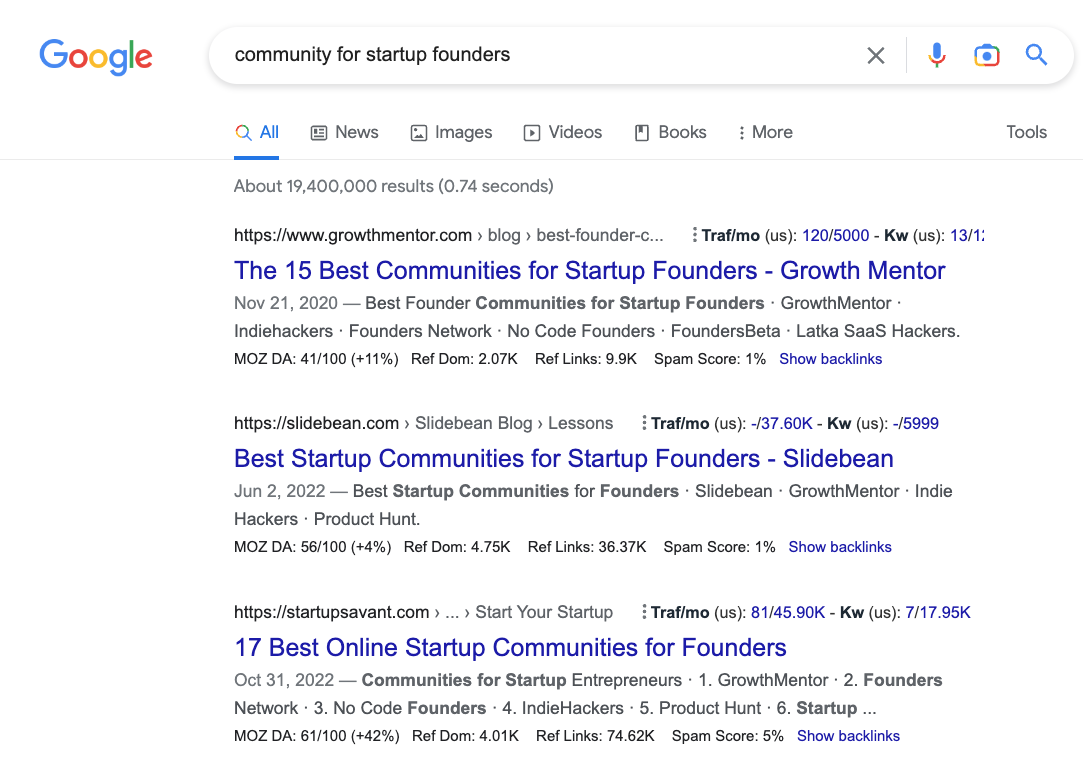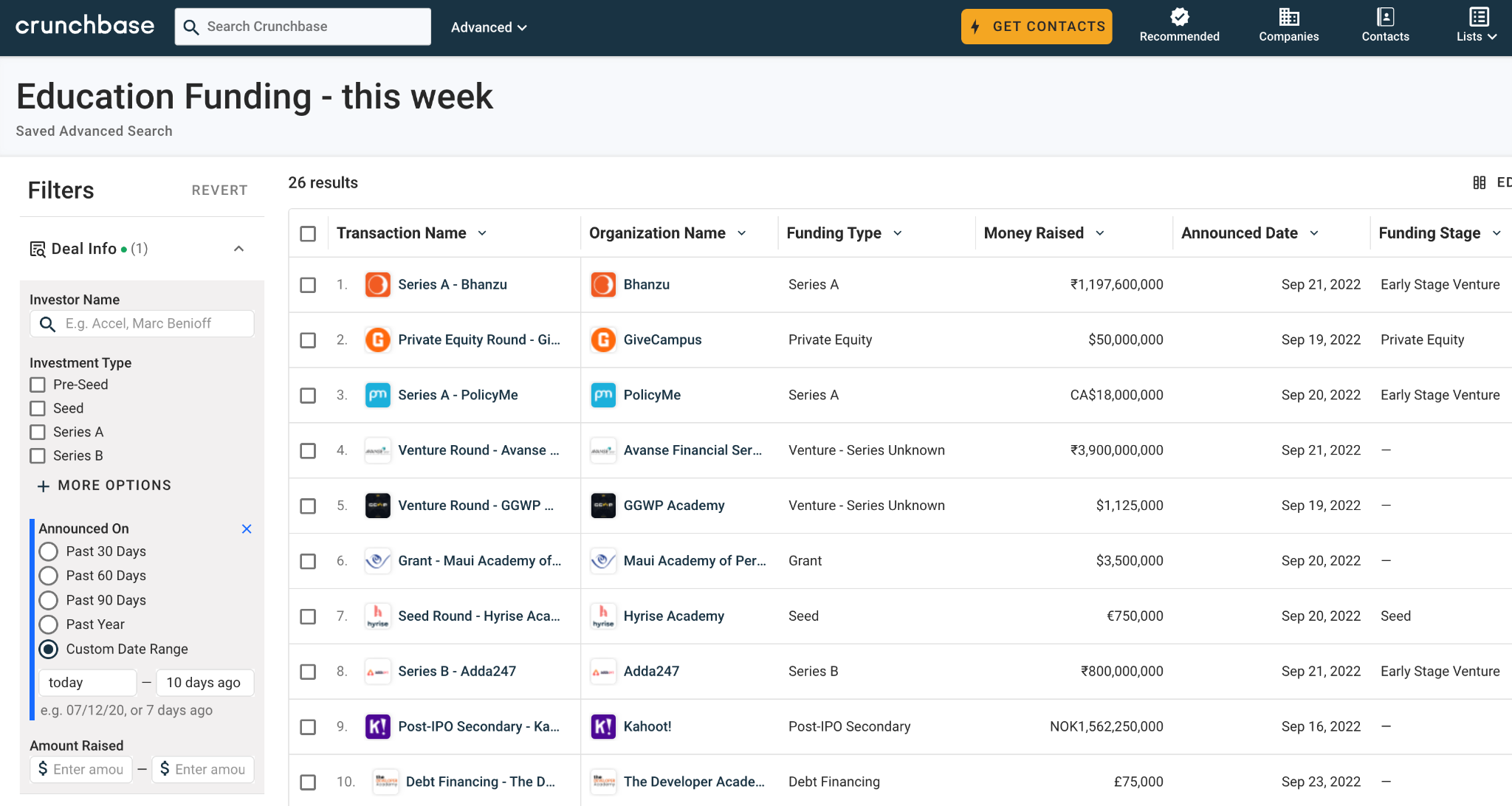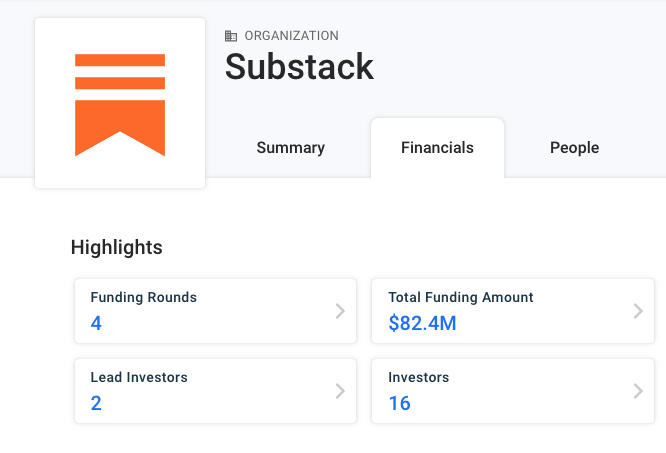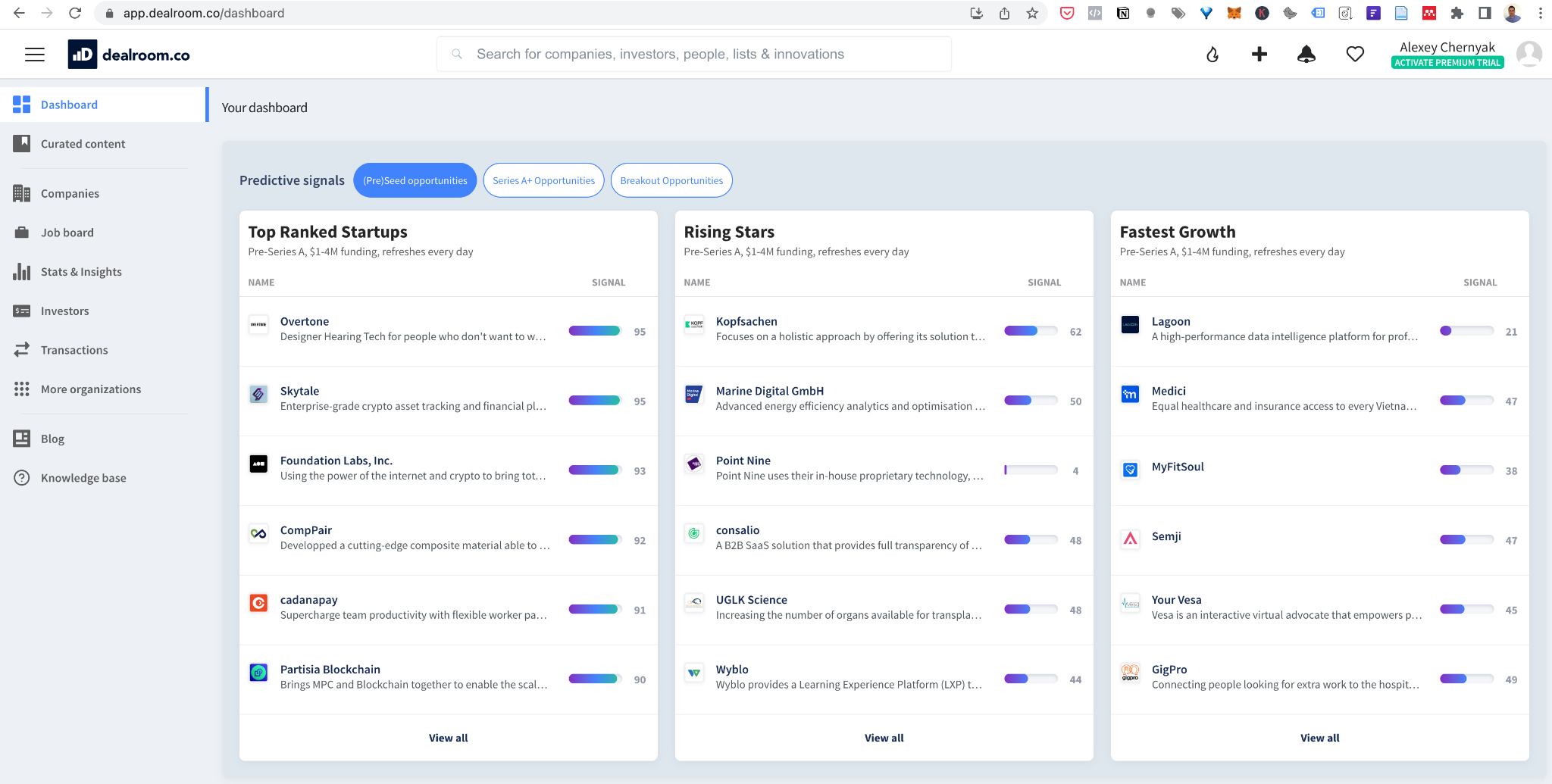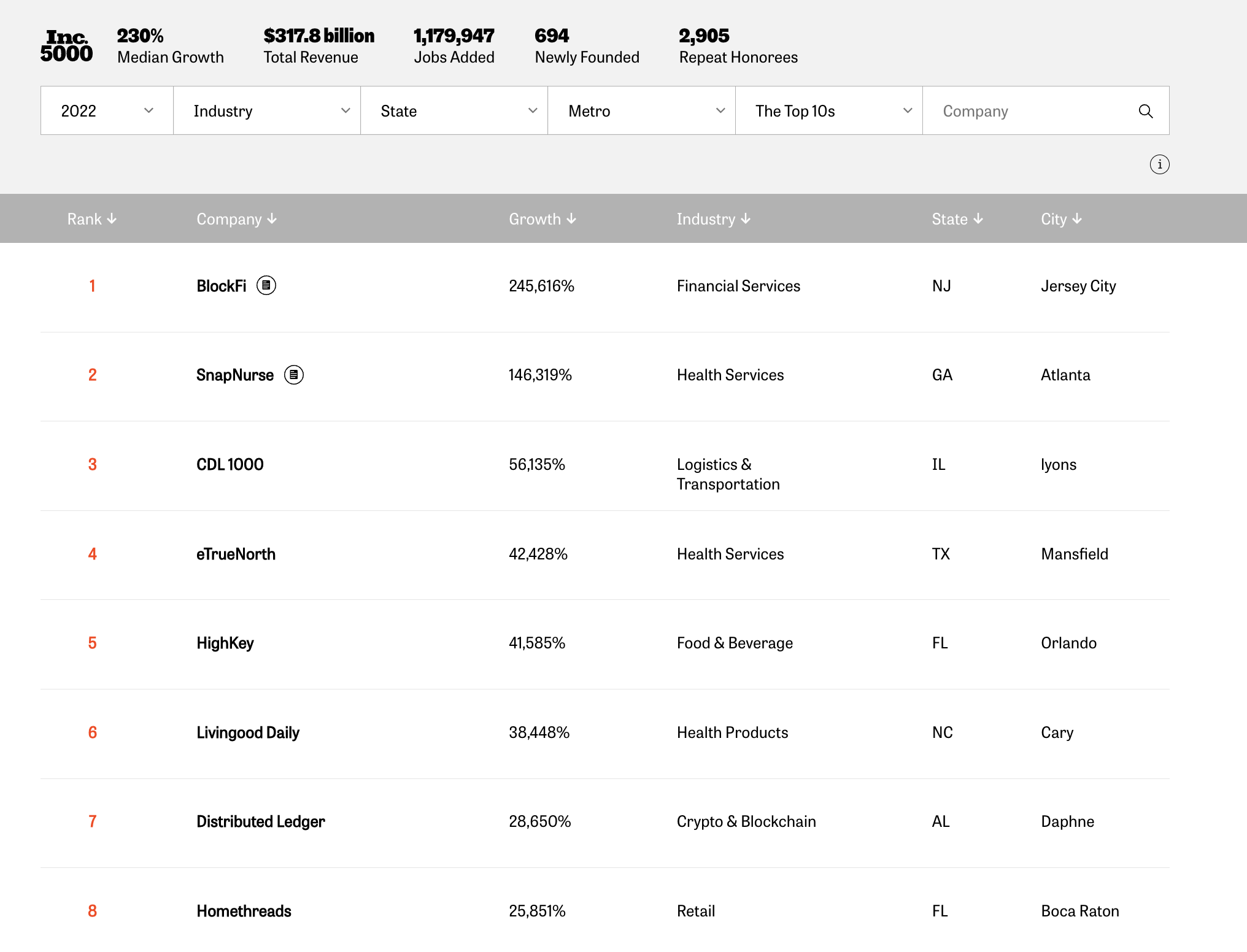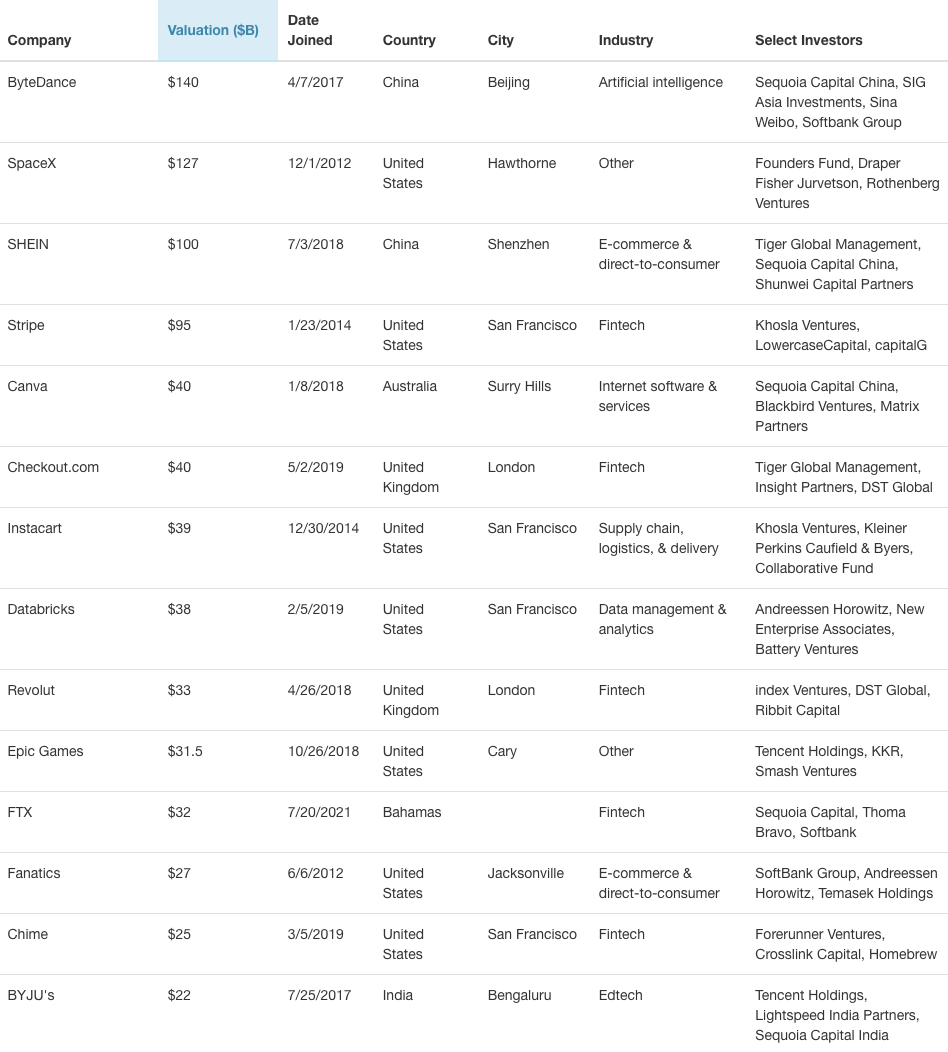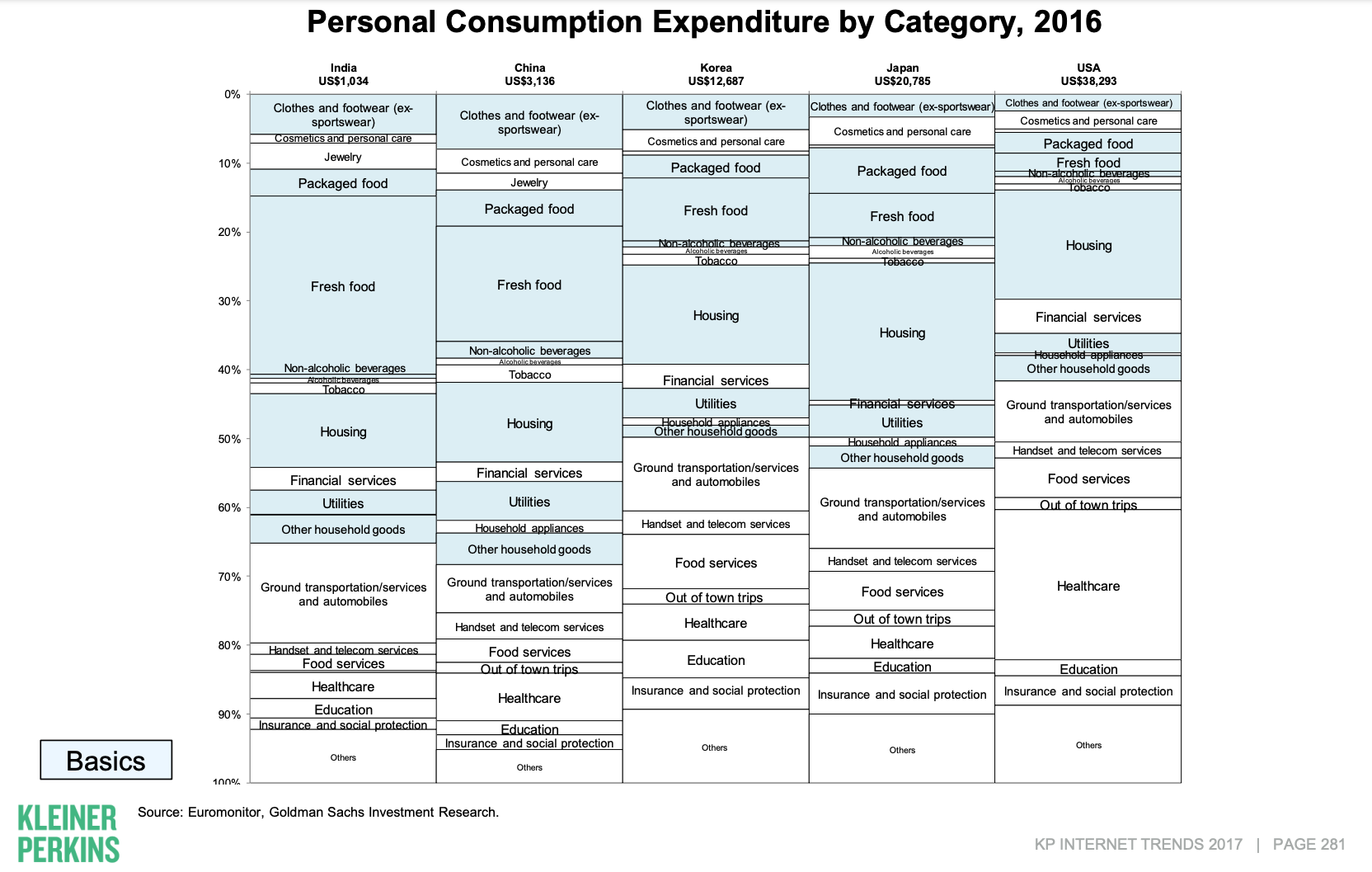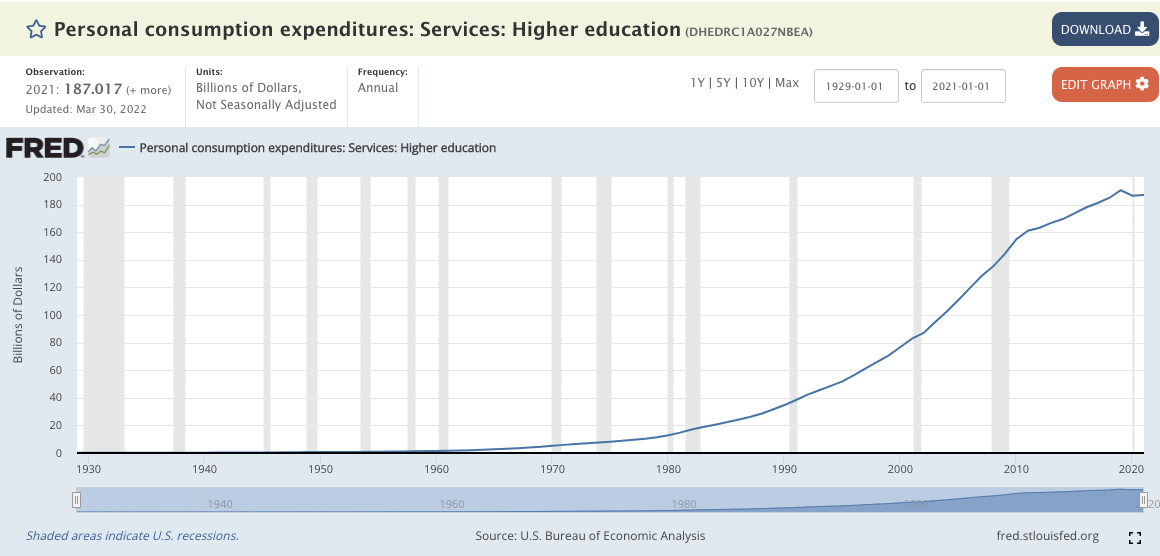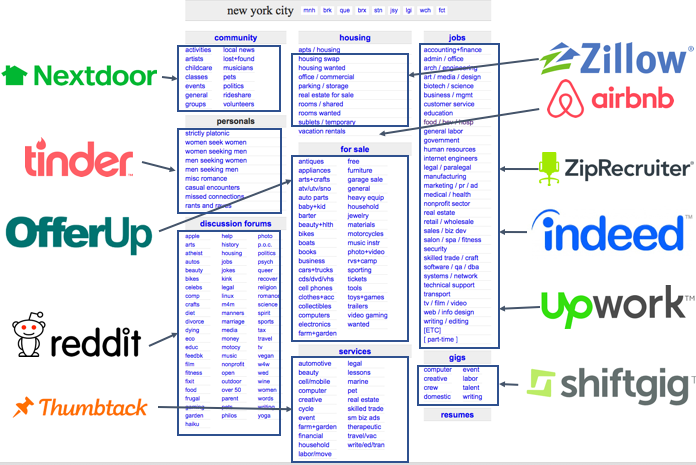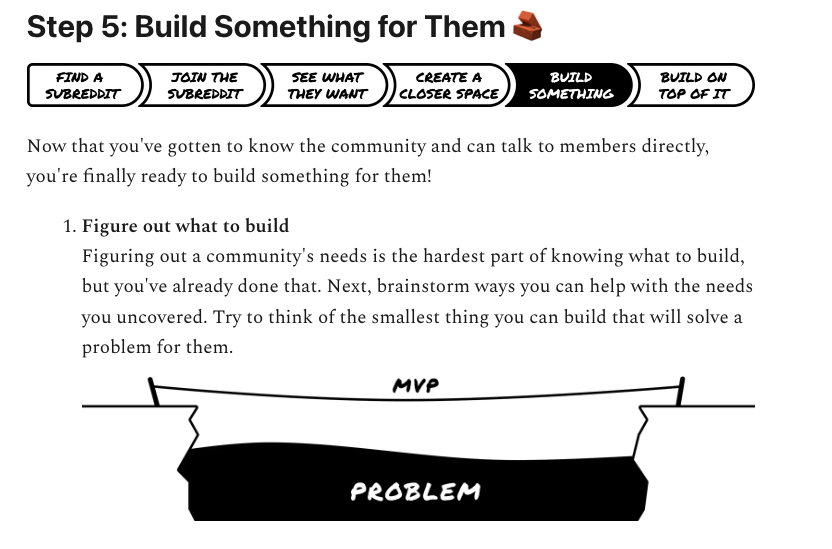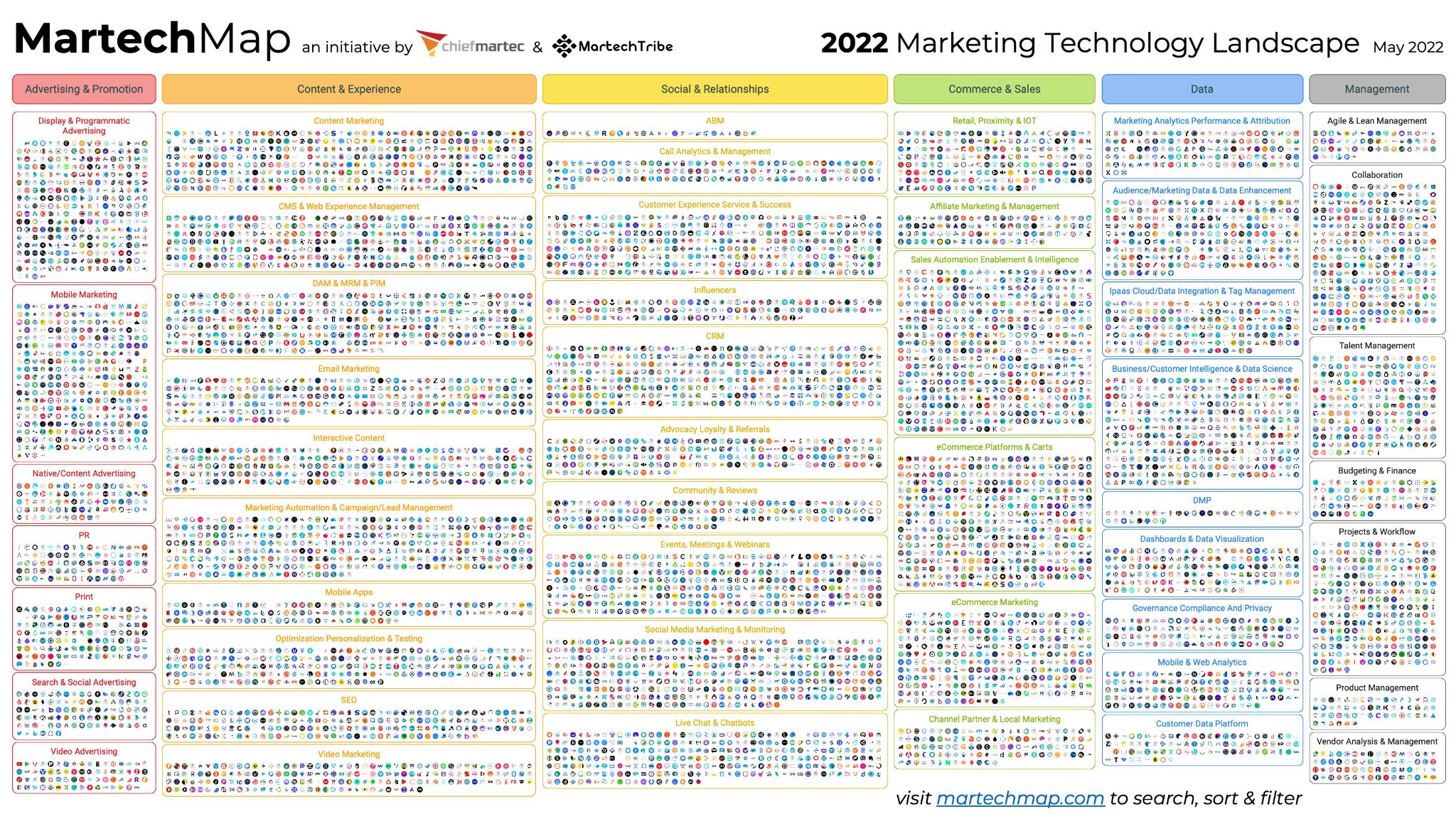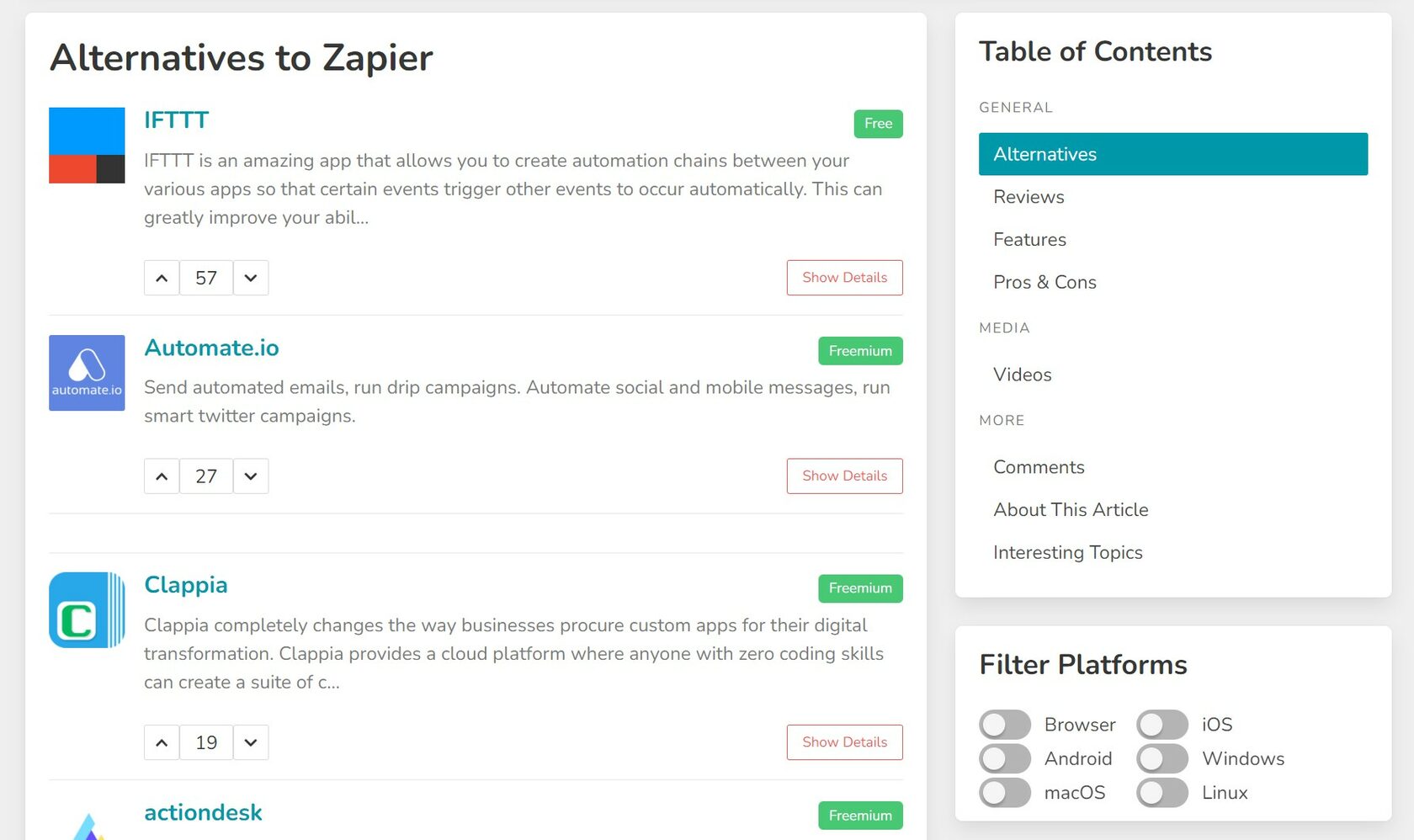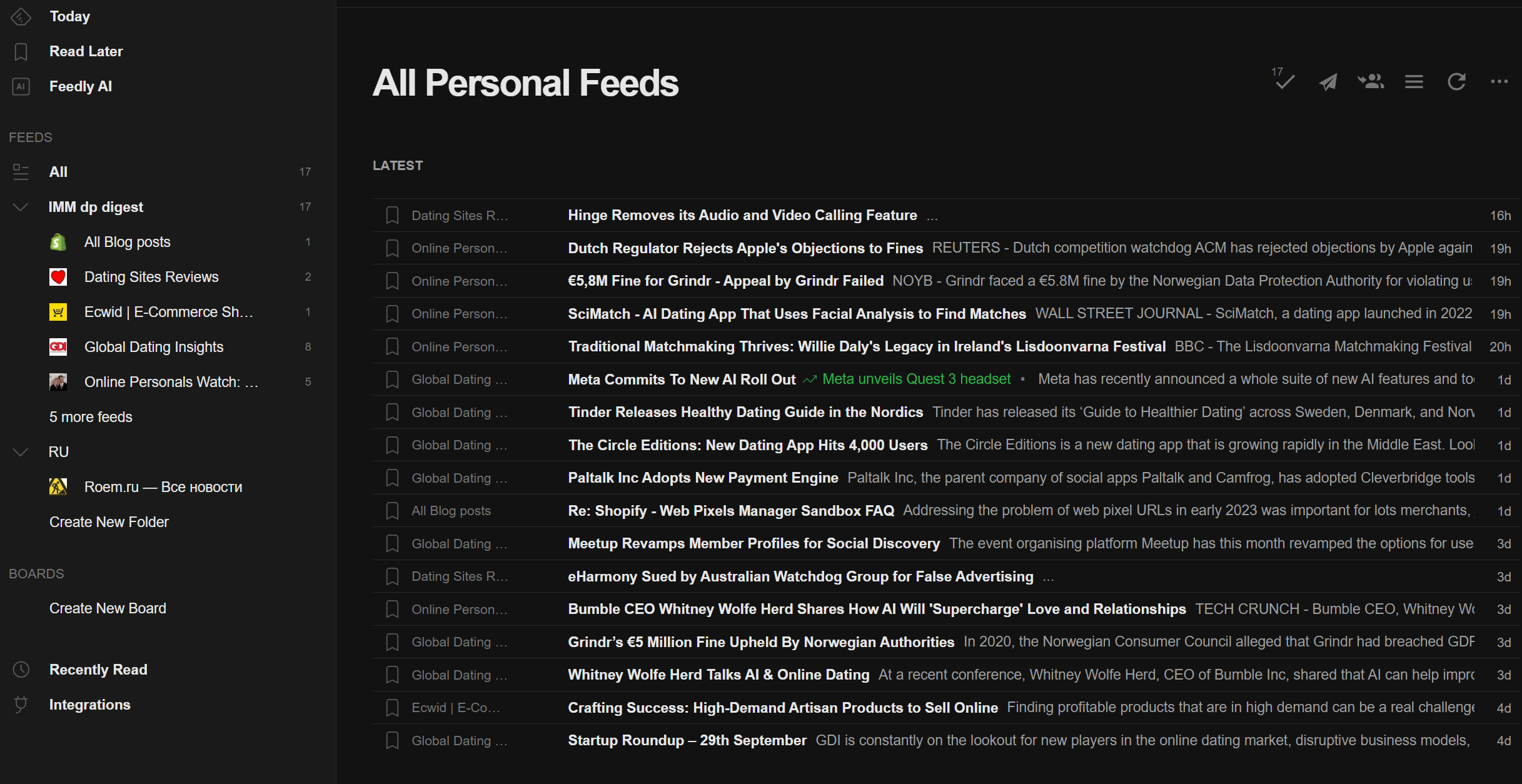Day 1. What and why to copy
How to Copy Businesses and Stay Original
Friends, welcome to the course “How to Copy Businesses and Stay Original.” Today is the first day, and we will discuss what to copy and why to copy businesses when you can innovate instead.
My name is Aleks, and I am the founder of a business newsletter project. I also have experience in copying various businesses. Since 2010, my co-founders and I have successfully copied projects, with the largest being Groupon.
Let me share my story. I used to lead projects implementing ERP systems. In 2008, I began working on my own business projects and tried many things. In the first six months, I sold CRM systems and launched online stores, but the earnings from these initial business ideas weren’t enough to sustain me. After some unsuccessful attempts, I went back to a regular job.
I didn’t give up and continued searching for ideas while attending various business-related meetings, where I learned the main secret: you don’t need to invent a new project! You just need to read TechCrunch every day and see who has already made money with a proven idea. Analyze successful projects and replicate them in your own country. This approach is used by many successful entrepreneurs.
This approach completely changed my perspective on starting a business. It was then that I and four co-founders launched a clone of Woot.com. We launched this project in just two weeks without attracting any investments.
Firstly, a small and quick project is a good way to test your team and prepare for a larger project.
Secondly, people buy not just a product and an image but a story. Buyers visited our site because they liked the entertaining stories I wrote for each product.
Our team’s next project was a copy of the Groupon website. We applied the same sales model to services instead of products. Thanks to our team’s experience from the previous project, we quickly shifted and implemented the new project.
What’s the advantage of copying a business idea almost exactly? When our team had disputes about a business task or product decision, we looked at how it was implemented in the original and simply replicated it. For example, when we launched the second project, we were concerned that people might not want to make a full prepayment. Perhaps it would be better to take a partial payment and allow the remainder to be paid upon receiving the service?
At that moment, I visited the original website (from which we made the copy) and chose the first offer I saw. It turned out to be a pizzeria in Chicago, to which I called and asked if it was possible to pay the remainder upon receiving the order. The answer was no. We simply followed the path of the original site. Every time a difficult question arose, we just did what the original site did.
We tried to invent many things ourselves and tested our hypotheses. Some of the original site’s business processes we couldn’t understand. For example, how does the project grow? At that moment, our team received help from an experienced mentor named Oliver. He had launched a similar project in Europe six months before us. Half an hour of conversation with him changed our perspective. He explained that the main sales channel was sales managers.
The next important lesson we learned is that when you copy a project, there’s always someone who has already gone through that path. Thirty minutes of conversation with an experienced mentor can bring you ten million dollars in profit.
Why copy when you can innovate?
The formula for any successful business looks like this: market, team, and product. The market carries a weight of nine, the team has a weight of three, and the product has a weight of one. This prioritization is crucial in the early stages of business. The market is the most important; if you choose the wrong market, no team or product can save your business. The team comes next because a well-functioning team is the foundation. The product is in third place, and in the early stages, the product often changes.
When you copy, you eliminate the risks of the “market” and “product,” leaving you with just the “team” since your business model has been validated.
Why else should you copy?
Firstly, if you find a working project that generates income, it means the founders tested hundreds of hypotheses and invested millions in finding a working idea.
Secondly, if you find a valuable idea, at least ten thousand entrepreneurs have already tried to implement it before you. Either they succeeded, and you can learn from them, or they failed, and you’ll discover why the project didn’t take off. You can quickly and inexpensively learn why you shouldn’t do it, saving yourself time and money. Or you might have been searching poorly and overestimating your own abilities.
In business, there are hardly any truly new ideas. Any new business model is 99% a combination of old approaches applied in a new way.
For what purposes do we seek analogs?
I most commonly see four purposes:
Firstly, finding an idea that matches your skills. For example, if you’ve worked as a designer for many years and are wondering what to do next.
Secondly, for the development of an existing project. If you have a functioning business, you always face questions about its future growth, as it invariably hits a ceiling at some point.
Thirdly, finding something suitable for your target audience or channel. For instance, if your audience consists of a hundred thousand sellers or investors, what product would best suit your audience?
Fourthly, for technology. If you have expertise in a narrow field, work with artificial intelligence, and create a project that aligns with your competencies.
Method 1: Google Search
The first method is to subscribe to various sources, entrepreneurs, and business newsletters. Look for the best startup communities, such as Trends.vc, Trends.co, and the paid newsletter service substack.com.
Next, check projects on Crunchbase. It’s a database of projects where you can find almost all the information about how much investment a project has attracted and other parameters. Some functionality is available for free, while others are paid. For example, I liked the idea of a paid newsletter. I study how much this project earned, its revenue was around a hundred million dollars in 2021. Then, I divide this number by 50. If the figure doesn’t satisfy me, I realize I need to look for another development path.
Another statistics service is Dealroom. It checks various parameters, including where there are active hirings and layoffs. This is an important indicator that shows whether a company is growing or not.
I also study Inc5000. These are fast-growing companies in the USA that operate without external investments. Growth is measured by revenue, which is an honest indicator of the real situation.
Method 2: Explore “Unicorns”
The second method is to look at the list of “unicorns.” Unicorn companies are those with a valuation of over a billion dollars. There are over a thousand such companies worldwide today. TikTok is currently at the top. It’s ideal to find a “unicorn” company that matches your project and replicate its path.
Method 3: Examine Cost Structures
Consider where you can fit your project into an individual’s or a company’s cost structure.
If your project targets a large market (such as clothing or travel), it’s a great sign. You can take any major company, study its cost structure, and replicate it in your project. This approach helps identify interesting large markets or analogs that show where you can move. Where to get data? The best data is collected on American websites. Every country has its equivalents.
You can also search in a search engine for expenses related to children, pets, or just people categorized by expenses. Study company expenditures and public reports. You can even study your own expenses from your bank account; that’s also a good way to understand where there’s money.
Method 4: Unbundling
Study classified ad boards like Craigslist or Reddit. Look at their main categories, where most of the ads are. Observe which categories are growing. Many great projects have emerged as improvements in these categories. Airbnb improved the category of short-term housing rentals, and they found their first customers on Craigslist.
Method 5: Explore Growing Communities
You can find a community that is successful in another country but not represented in yours and replicate their experience.
Method 6: Industry Landscape
Examine the landscape of the major players in the industry. Here, you can see the main groupings and discover players you didn’t know about.
Method 7: Projects Similar to X
You’ve found an interesting project and are looking for its analogs.
Summary:
- Regularly read TechCrunch and other sources, subscribe to what catches your eye, and further explore it.
- Study “unicorns.”
- Choose a market or “cost structure” (market) with $100M+ and look for bestsellers, fast-growing projects, and those that have raised investments in your chosen areas.
- “Unbundling” Craigslist/Reddit.
- Engage with communities: Reddit/Twitter/Facebook.
- Examine LandScape reports by areas.
- Look for Look-Alikes.
Tasks:
- Define the task: Improve an existing project, find a new project, find a project for a specific audience, etc.
- Apply one of the 7 methods for finding analogs. Choose a “cost structure” (market) for your current or potential future project based on your interests and/or expertise.
- Find a best-selling project with revenue of $10M+ and/or a valuation of $100M+ in that market.
- Subscribe to the founders and investors of that project, read a couple of articles about the project, and set up mentions of the project in Feedly.
Lessons from Woot.com
- Launched as a “cash cow” project in 2 weeks, self-funded without investors.
- Without your own warehouses and logistics, it’s impossible to grow beyond 100 orders per day.
- The foundation of sales is in newsletters – entertaining stories about products, not just the products themselves. People buy the story (and savings).
- A small, quick project is a good way to test the team and make it work well for something bigger.
- We almost sold the project, but something held us back. The lesson: always sell.
Lessons from Darberry (Groupon clone)
- Many saw the business model, but only a well-coordinated team could implement it within a month (ours and a few other teams).
- Whenever we debated a decision, we always had a clear reference point (I called as a customer to understand how they operated).
- Out of 100 sales channels, one emerged as the primary: contextual advertising (and email for repeat sales).
- Out of 10 growth strategies, one stood out as the main driver: sales.
- Launching any complex product starts with simplicity: one offer for one person, one feature, one sales channel, one proposition.
- 30 minutes of conversation with the right mentor = $10M in future capitalization or money saved.
Why Copy?
Successful Business Formula = 9Market + 3Team + 1*Product
When copying, only one variable remains = 9Market + 3Team + 1*Product
Why Copy?
- What already works is the result of hundreds of hypotheses, millions of hours, and investments. It’s foolish to spend your time and money where you can save.
- If you’ve come up with a worthwhile business idea, and there’s a market for it, it means 10,000 people have already tried to implement it:a. Either they succeeded, and you can copy it.b. Or they failed, and you’ll quickly and inexpensively learn why.c. Or you didn’t research well.
What Task Do We Typically Seek Analogies For?
- Finding an idea “from scratch” within your competencies, e.g., you’ve been implementing CRM systems for 10 years or you’re a designer.
- For the development of an existing project, e.g., for Tweekly.ru.
- Finding a fit for your audience/channel. For instance, you have 100,000 subscribers who are sellers on Wildberries.
- For a technology. For example, you know everything about GPT-3 and want to apply it somewhere.
How to Find a Successful Analogy Worth Copying? 7 Key Approaches
- Regularly read Tweekly, TechCrunch, #startupoftheday, and others, and jot down what caught your attention for further investigation.
- Study “unicorns.”
- Choose a market/”cost structure” of $100M+ and look for bestsellers, fast-growing projects, and those that have raised investments in your chosen areas.
- “Unbundling” Avito/Craigslist/Reddit.
- Survey communities: Reddit/Twitter/Facebook.
- Examine Landscape reports by areas.
- Look for Look-Alikes.
For example, I have a task: find the best analogs for the project.
How to Solve It?
Method 1: Google Search
This is how we find Trends.vc, Trends.co, and paid newsletters – substack.com.
I check in Crunchbase.
I find that Substack raised $82.4 million in investments,
with its revenue for 2021 being around $100 million.
This means in another country, it would be approximately $2 million per year (which is not much).
I check in Dealroom
I look at Inc 5000
https://www.inc.com/inc5000/2022
Method 2. I look at the Unicorn List.
Over 1,100 private “unicorn” companies with valuations exceeding $1 billion. https://www.cbinsights.com/research-unicorn-companies
“The Simple Recipe for Unicorn Success”
Step 1. Take an existing significant need/market, at least $1 billion.
Step 2. Find a new technology or business model that allows you to “take work away” from the old way/competitor in favor of the new. Something that can do the same thing cheaper/faster/easier by 3-10 times.
Method 3. I look at the “cost structure.”
Which expense category for a person/company can I fit my project into?
Hypotheses for expense categories:
- Competitor monitoring -> SimilarWeb
- Finding new products for AmazonSquat
- Paid media, news -> Bloomberg, WSJ
- Finding customers and employees -> LinkedIn
EdTech – there is no such market; people don’t have a need to “learn.” B2B SaaS – there is no such market; it’s just a business model.
We look at:
• Clear target audience (b2b and b2c)
• The spending structure of this target audience – what they regularly spend money on
• Bestsellers in each spending category.
The combination: Customer segment -> Cost structure -> Bestseller – this is what we need!
https://fred.stlouisfed.org/release/tables?eid=44183&rid=53
Where can you find expense categories and their statistics? Here are a few methods:
- Personal experience and personal expenses, or the expenses of acquaintances – check your bank statement for detailed breakdowns.
- Search in Google using keywords. For example, if I want to understand the spending structure of parents on child support, search for “Expeditures on Children stats US” or household spending structure “Consumer Spending.”
- Use open data sources: Data.gov.uk – UK data Data.gov – US data
Method 4. Unbundling/Decomposition
Hypothesis: Buying and selling an existing business -> Flippa, Microaquire
https://a16z.com/2019/09/11/platforms-verticals-unbundling/
https://latecheckout.substack.com/p/the-ultimate-guide-to-unbundling
Method 5. Emerging Communities
Hypotheses:
• Reddit itself
• IndieHackers
Method 6. Landscapes
Overview of key players in the industry https://chiefmartec.com/wp-content/uploads/2022/05/state-of-martech-2022-report.pdf
Hypotheses: • Circle clone
Method 7. Projects Similar to X
Alternatives to popular software – AlternativeTo, alternative.me, SaaSHub. You can also read customer reviews there.
Hypotheses:
• Polywork (like LinkedIn)
7 Approaches to Finding Analogues
1. Regularly read TechCrunch, etc., and take note of what catches your eye for further investigation.
2. Study “unicorns.”
3. Choose a market or cost structure of $100M+ and look for bestsellers, fast-growing projects, and those that have raised investments in your chosen areas.
4. “Unbundling” Craigslist/Reddit.
5. Engage with communities: Reddit/Twitter/Fb.
6. Look at Landscape reports in various areas.
7. Search for Look-Alikes.
Subscribe to project news and its founders on Twitter.
Service: Feedly or Google Alerts
Day 1. Tasks
- Define your task: improve an existing project, find a new project, locate a project for a specific audience, etc.
- Apply one of the 7 methods for finding analogues.
- Choose a “cost structure” (market) for your current or potential future project based on your interests and/or expertise.
- Find a project bestseller with revenue of $10M+ and/or an evaluation of $100M+ there.
- Subscribe to the founders and investors of this project, read a couple of articles about this project, and set up mentions about the project in Feedly.






